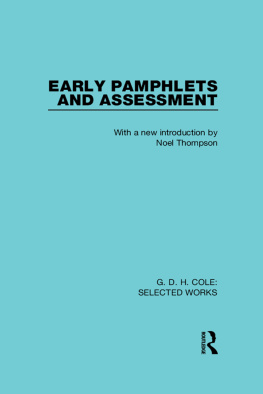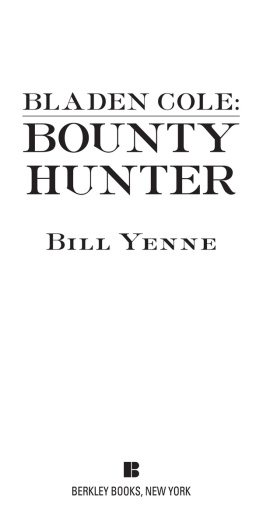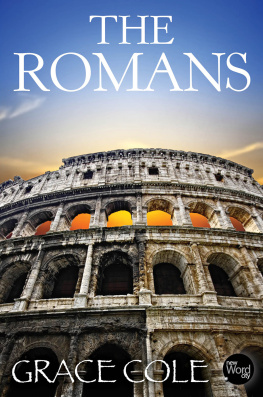Improvised City was supported by a grant from the Samuel and Althea Stroum Endowed Book Fund.
Copyright 2019 by the University of Washington Press
Printed and bound in the United States of America
Composed in Minion, typeface designed by Robert Slimbach
23 22 21 20 195 4 3 2 1
All rights reserved. No part of this publication may be reproduced or transmitted in any form or by any means, electronic or mechanical, including photocopy, recording, or any information storage or retrieval system, without permission in writing from the publisher.
UNIVERSITY OF WASHINGTON PRESS
www.washington.edu/uwpress
LIBRARY OF CONGRESS CATALOGING-IN-PUBLICATION DATA
Names: Roskam, Cole, author.
Title: Improvised city : architecture and governance in Shanghai, 1843-1937 / Cole Roskam.
Description: Seattle : University of Washington Press, 2019. | Includes bibliographical references and index. |
Identifiers: LCCN 2018046903 (print) | LCCN 2018049735 (ebook) | ISBN 9780295744803 (ebook) | ISBN 9780295744780 (hardcover : alk. paper) | ISBN 9780295744797 (pbk. : alk. paper)
Subjects: LCSH: Architecture and societyChinaShanghaiHistory19th century. | Architecture and societyChinaShanghaiHistory20th century. | Sociology, UrbanChinaShanghaiHistory19th century. | Sociology, UrbanChinaShanghaiHistory20th century. | Shanghai (China)Politics and government19th century. | Shanghai (China)Politics and government20th century.
Classification: LCC NA2543.S6 (ebook) | LCC NA2543.S6 R65 2019 (print) | DDC 720.1/03dc23 LC record available at https://lccn.loc.gov/2018046903
COVER ILLUSTRATION: Detail of map of Shanghai designed by Carl Crow, drawn by V. V. Kovalsky, published by Shanghai Municipal Council, 1935. 94 72 cm. Held by the Norman B. Leventhal Map Center Collection, Boston Public Library.
The paper used in this publication is acid free and meets the minimum requirements of American National Standard for Information SciencesPermanence of Paper for Printed Library Materials, ANSI Z39. 481984 .?
ACKNOWLEDGMENTS
Over the course of this books development, I have depended upon the support of many, many friends, colleagues, and institutions around the world. I would like to acknowledge the financial and administrative support provided by numerous sources, including Harvard University, the Fulbright Scholar Program, the Shanghai Academy of Social Sciences (SASS), the Mellon Foundation, the American Council for Learned Societies (ACLS), and the Department of Architecture at the University of Hong Kong.
One of the many challenges in completing this book was the time and travel required to visit archives in which Shanghai-related material is located. I cannot thank enough the staffs at the following institutions: the Harvard College Library system; the National Archives and Records Administration (NARA) at College Park, Maryland; the Library of Congress, Washington, DC; the National Archives, Kew; the Library and Museum of Freemasonry, London; Guildhall Archives, London; the Syndics of Cambridge University Library; the National Library of France, Paris; Les Archives diplomatiques du Ministre des Affaires trangres, Nantes; Lcole des Ponts ParisTech, Marne-la-Valle; Le Ministre des Affaires trangres, Missions trangres, Paris; Special Collections, the University of Hong Kong Libraries, Hong Kong Government Records Service; Special Collections, Shanghai Library; the Shanghai Municipal Archives; and the Shanghai Urban Construction Archives.
The conceptual roots of this project originated in my undergraduate studies at Connecticut College. Danny Abramson inspired me to become an architectural historian and encouraged me to pursue the study of Chinese architecture. The Toor Cummings Center for International Studies and the Liberal Arts (CISLA) provided me with an opportunity to seek answers to my questions abroad. I remain indebted to Neil Levine and Eugene Wang at Harvard University for all of their invaluable guidance in shaping my interest in architecture and China into a substantive intellectual project. Their scholarship continues to motivate me. Time spent in Beijing at the Inter-University Program for Chinese Language Studies and in Shanghai at the Shanghai Academy of Social Sciences and Tongji University enabled me to engage with places and people that influenced my research significantly, including Lu Yongyi, Ruan Yisan, Xiong Yuezhi, and Xue Liyong. More generally, I have benefited tremendously from advice, questions, and insight offered by Marie-Claire Bergre, Barry Bergdoll, Jeff Cody, Chanchal Dadlani, Franoise Ged, Denise Y. Ho, Christian Henriot, Bill Kirby, Lai Delin, Yuko Lippit, and Liz Perry, among many others.
Niccole Coggins, Lorri D. Hagman, Regan Huff, and Julie Van Pelt at the University of Washington Press have been instrumental in shepherding this project through to completion. Dan Clem, Kristin Holt Browning, and Susan Murray provided keen editorial insight at crucial moments. I am grateful to the two anonymous readers of the manuscript for their constructive comments. John Carroll and Alex Bremner, both wonderful historians and friends, generously combed through the manuscript and offered suggestions for improving it. Jiang Naixin did an amazing job of helping me collect and organize the images for this book. Any of the books shortcomings remain entirely my own.
Portions of chapters 1, 2, 7, and 8 were originally published as The Architecture of Risk: Urban Space and Uncertainty in Shanghai, 184374, in Harbin to Hanoi: The Colonial Built Environment in Asia, 1840 to 1940, ed. Laura Victoir and Victor Zatsepine (Hong Kong: Hong Kong University Press, 2013); Recentering the City: Municipal Architecture in Shanghai, 19271937, in Constructing the Colonized Land: Entwined Perspectives of East Asia around WWII, ed. Izumi Kuroishi (Farnham, Surrey, UK: Ashgate, 2014); and Situating Chinese Architecture within A Century of Progress: The Chinese Pavilion, the Bendix Golden Temple, and the 1933 Chicago Worlds Fair, Journal of the Society of Architectural Historians 73, no. 3 (September 2014): 34771.
Every day I wake up feeling so fortunate to have Diana and Clay in my life. They have been incredibly supportive and patient with me as I brought this project to completion, providing laughter and love that buoyed me whenever work weighed too heavily. This book is dedicated to my parents, Craig and Nancy, and my sister, Amanda, who have been there since the beginning.
IMPROVISED CITY











